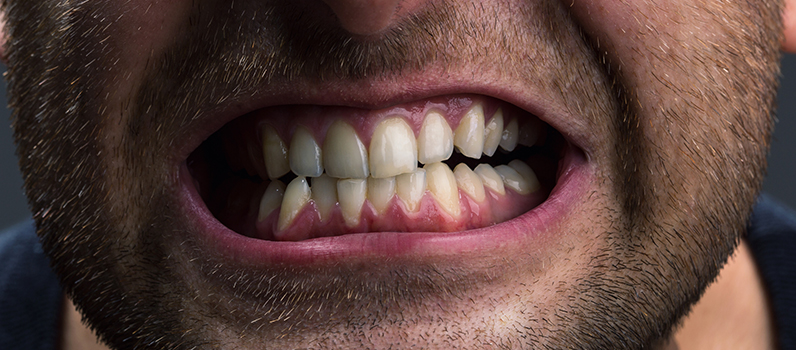What causes tooth discolouration?

A visit to your local supermarket will demonstrate that Australians are becoming just as obsessed as Americans when it comes to tooth whitening. Insert facts on tooth whitening here. The aisles of your supermarket or local chemists are now full of products reported to whiten and brighten your teeth. But between mouthwashes, toothpastes and even chewing gums how do you know what really works or are you just throwing your money away unnecessarily? What really works?
There are two types of discolouration: stains on the surface of the tooth enamel and those stains/discolourations originating below the enamel or from within the tooth. The first are most commonly caused by smoking or from dyes and colorants in foods or drinks we consume that soak into the outer shell of enamel. The others related to the optical properties of the enamel, the underlying dentine and how these structures interact with light. A number of external factors can affect the intrinsic/innate colour of your teeth. These include dental trauma, excessive flouride ingestion, tooth decay and ageing.
Dental trauma as the tooth is forming can damage the layers of the tooth producing a change in its appearance.
Excessive fluoride ingestion can produce white and sometime brown discolouration in the enamel layer. Although the appearance is affected in most cases the teeth remain very strong.
As we age the outer enamel shell can become thinner allowing the darker underlying dentine to shine through. This can make our teeth look darker.
It is important to diagnose the exact cause and nature of your discolouration as this will influence what type of bleaching system is best for you. See your local dentist for a comprehensive assessment and evaluation.









